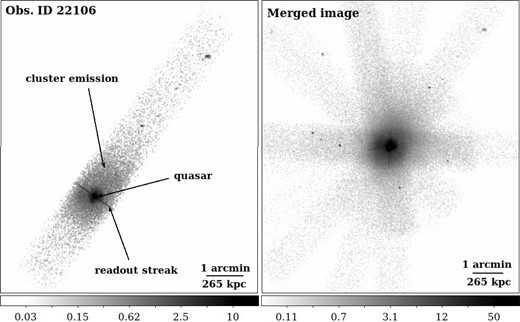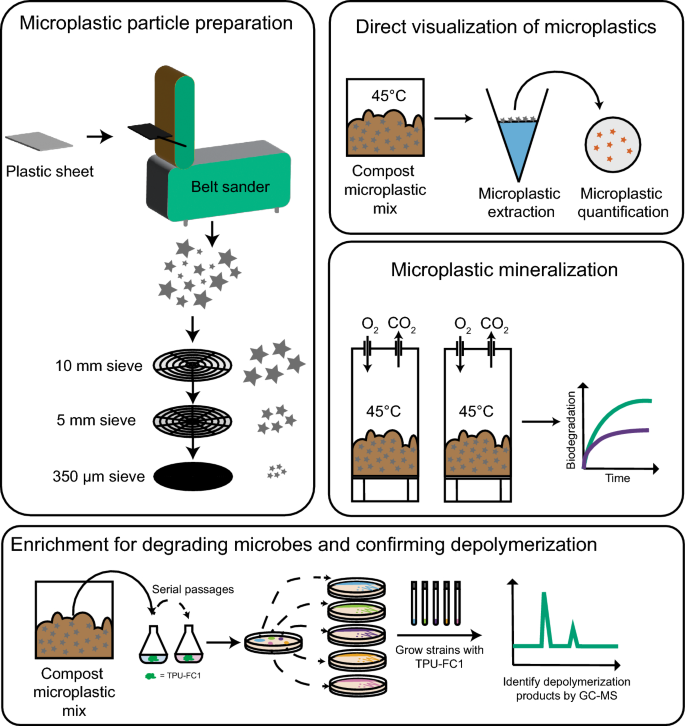2024-03-21 ペンシルベニア州立大学(PennState)
<関連情報>
- https://www.psu.edu/news/eberly-college-science/story/nasas-chandra-identifies-black-hole-bark-worse-its-bite/
- https://academic.oup.com/mnras/article/528/2/1863/7590620?login=false
低赤方偏移クェーサーH1821+643を取り巻く冷却の流れ A cooling flow around the low-redshift quasar H1821+643
H R Russell, P E J Nulsen, A C Fabian, T E Braben, W N Brandt, L Clews, M McDonald, C S Reynolds, J S Sanders, S Veilleux
Monthly Notices of the Royal Astronomical Society Published:27 January 2024
DOI:https://doi.org/10.1093/mnras/stae026

ABSTRACT
H1821+643 is the nearest quasar hosted by a galaxy cluster. The energy output by the quasar, in the form of intense radiation and radio jets, is captured by the surrounding hot atmosphere. Here, we present a new deep Chandra observation of H1821+643 and extract the hot gas properties into the region where Compton cooling by the quasar radiation is expected to dominate. Using detailed simulations to subtract the quasar light, we show that the soft-band surface brightness of the hot atmosphere increases rapidly by a factor of ∼30 within the central ∼10 kpc. The gas temperature drops precipitously to <0.4keV and the density increases by over an order of magnitude. The remarkably low metallicity here is likely due to photoionization by the quasar emission. The variations in temperature and density are consistent with hydrostatic compression of the hot atmosphere. The extended soft-band peak cannot be explained by an undersubtraction of the quasar or scattered quasar light and is instead due to thermal interstellar medium. The radiative cooling time of the gas falls to only 12±1 Myr, below the free fall time, and we resolve the sonic radius. H1821+643 is therefore embedded in a cooling flow with a mass deposition rate of up to 3000 M⊙yr−1. Multiwavelength observations probing the star-formation rate and cold gas mass are consistent with a cooling flow. We show that the cooling flow extends to much larger radii than can be explained by Compton cooling. Instead, the active galactic nucleus appears to be underheating the core of this cluster.



